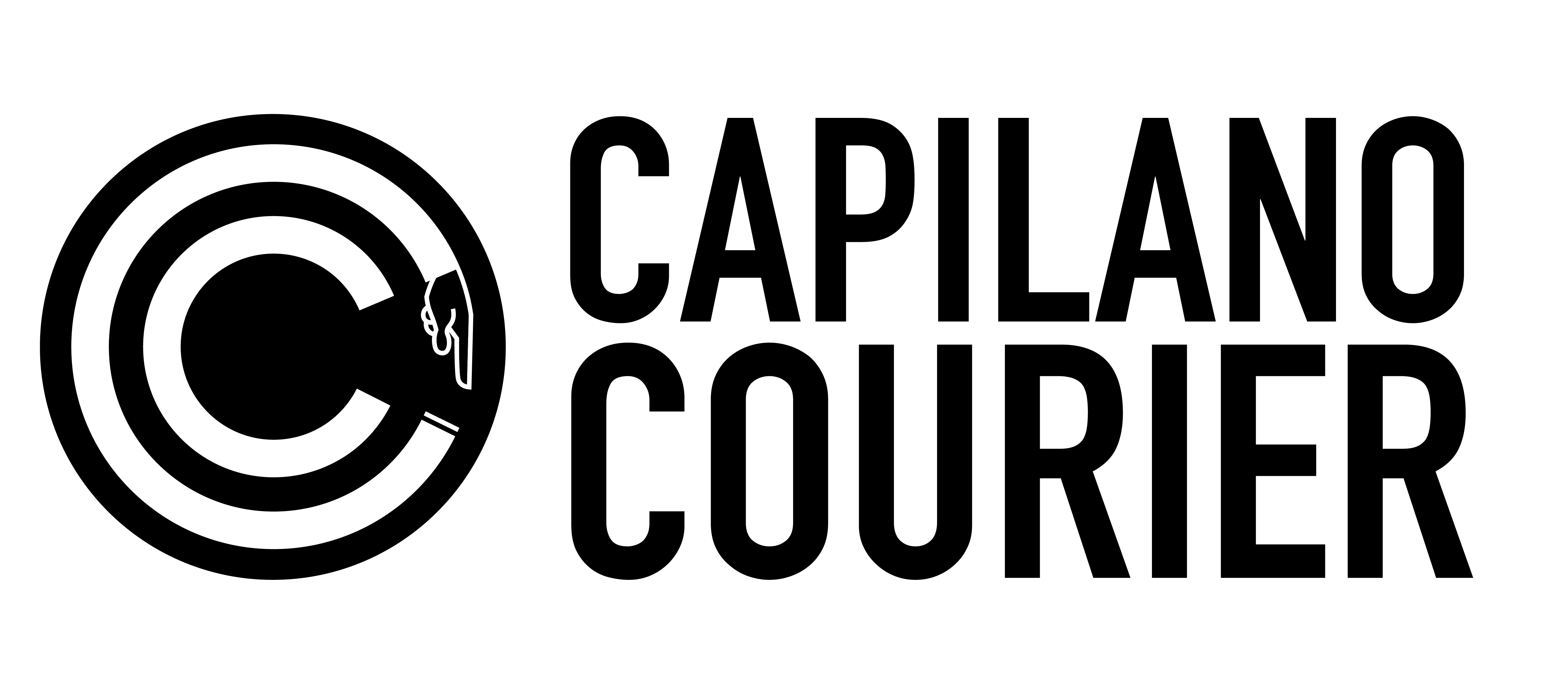Lena Orlova // Columnist
It was an uneventful Monday evening in October the first time I stepped into Scotiabank Dance Centre’s seventh floor dance studio. After months of unrelenting worry and waning health, I decided to go alone to an event my friend gently recommended I check out.
“It helps with stress,” she said.
So, alone, I walked up the stairs, treading my anxiety. An angelic woman hovering behind the registration desk table guided me to complete some forms. On these I read words like “unfacilitated,” “freestyle,” “intentions,” “intuition,” and “embodiment.” “This isn’t a class,” she crooned. In that room, I was allowed to move, sit, and be whoever it is that I am. The rules are: no drugs, no alcohol, no phones, no talking and no unsolicited contact.
Huh? Then what are we doing?
From around a corner, a man came up to me with a welcoming hug, gazing into my eyes like into an engrossing book. He opened with, “Hello” and asked my name. I fumbled “Lena” in return. I stepped through glass doors while noting ten people in pajamas or gym getups stretching like cats below the dimmed lights of the studio—safe so far.
On the one side, a track mixer sat on the floor in front of the hosting DJ with perky blond hair. The Silent Observer that I am, I sat in the farthest corner closest to the exit doors. In minutes, the room evolved into a soundscape of lulling flutes and hypnotic beats. People moved like sea corals to waves of sound: slowly undulating, swirling, stretching arms, and spiralling spines. Someone sat and meditated. Another did yoga poses.
I did some intricate hands waves pretending to be an enlightened mermaid dancer. Then, the music picked up in a slow upswing to the thick staccato of electronica—a familiar energy of a late-night concert. A contrast to the sacred space that existed just minutes before.
The dancing sea anemones became a storm of pounding feet, tussled hair, smiles and shouts. Following this catharsis the music lulled. Tired bodies returned to the floor like sand settling after burling water. The event ended. We gathered in a circle for a closing goodbye. Everyone went home.
I returned the following Monday. And the Mondays after that.
Growing up in Ukraine, every week or so in the summer, I put on my bright blue tights, old roller skates and safety pads. I rolled in tow through the streets of our city hanging onto my dog’s leash. My Grandpa ran close behind. My favourite place was a lake a few blocks from our house, which wasn’t really a lake so much as an engineered pond in the middle of university grounds. Without prompt or music, I’d let go of my dog’s leash and dance out in circles. I swirled and twirled with the imagined grace of a professional figure skater. Whether or not I looked otherwise— it was all the same to me.
At some point, I gave up spontaneity for precision and polish. I became who I thought was a good “grown-up.” Stand up straight. Sit at a desk. Walk forward. Lay down to sleep. Go to the gym: repeat movements, get stronger, get faster, get healthier. Go to dance class: follow instructions, imitate, trip, return to start, imitate, repeat, imitate, get better. Go for a run: run more, run faster, run slower, run uphill, run downhill, stop, walk, repeat. I believed that the only usefulness of a body is to perform functions. Every function must follow a trajectory of improvement.
Yes, I’m obsessive about improvement. I didn’t believe that anything worth doing could be done for its own sake. Everything was some sort of exercise, some sort of work. It’s not to say work is bad, but for everything in life to feel like work is stressful.
There is a reason some people say that the best part of ourselves shines most brightly when we are kids. Kids embody joie de vivre without self-consciousness born of mistakes and their consequences.
In conscious dance—the event I attended—there is nothing to follow but your own, internal instructions. To dance is to move to the beat of your own drum, emboldened by the DJ’s consciously chosen soundtrack. It can be a medium for self-expression, a practice of intuition and inner wisdom.
In time and with the heart-warming reception of the dance community, I became more comfortable with being myself. Dancing became my ritual of non-improvement. A ritual of returning to a sweet moment of pure creativeness and joy. I danced how I wanted to, if I wanted to, and allowed myself to be that spunky roller-skating kid again.
The effects of my dance practice rippled out into my real life. If I felt called to say something, I said it. If I felt called to be silent, I was silent. If I wanted to try something new, I could call on my bravery and creativity to do it. I was more a person practicing free will than a person stuck in a regime of expectations I set for myself. Ironically, like all skills, being free is a skill. And it takes steady practice in order to build it from a one-time occurence to an everyday experience.
Lifelong dancer and founder of 5Rhythms dance movement—Gabrielle Roth—observed, “It takes discipline to be a free spirit.”





